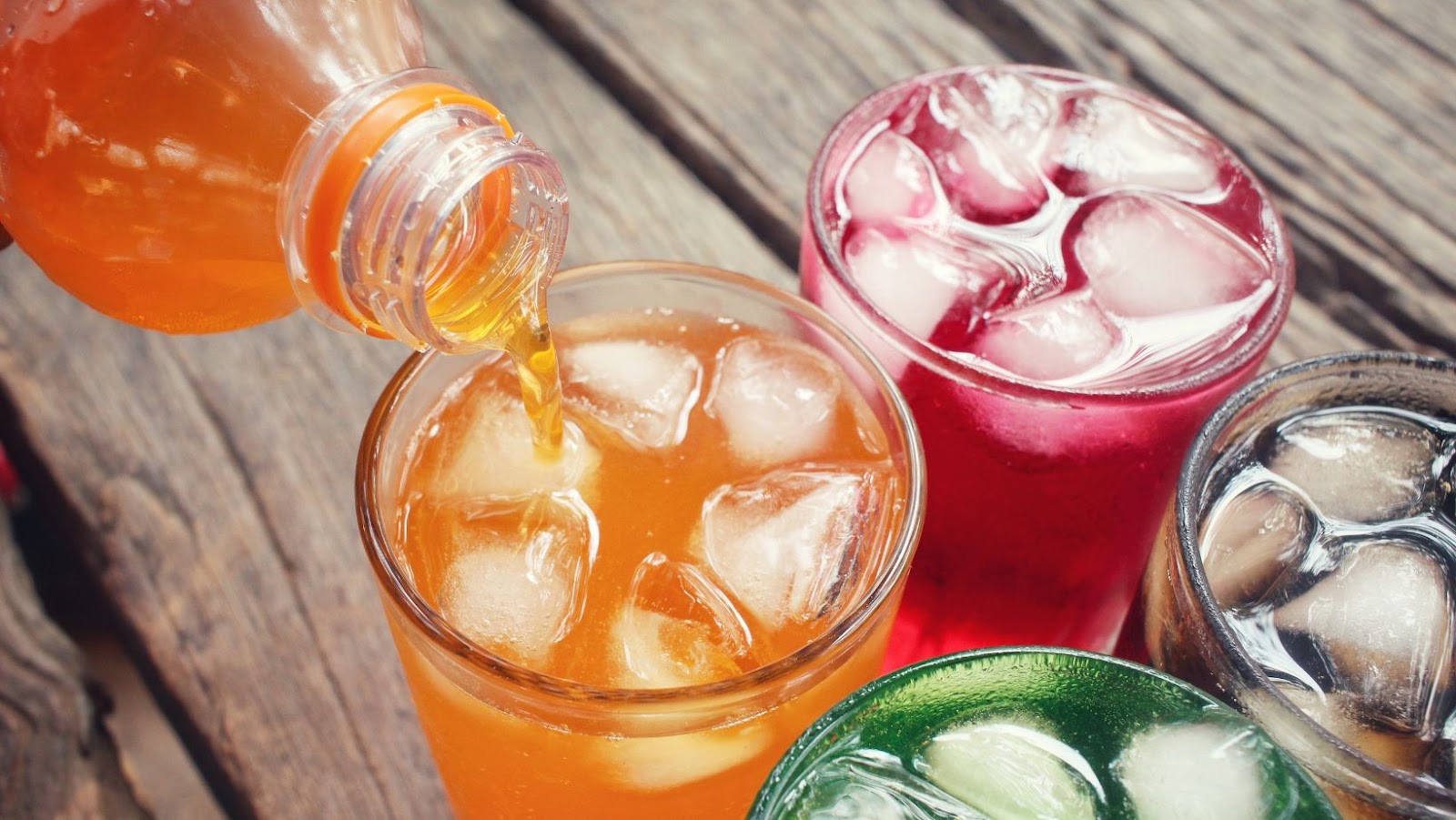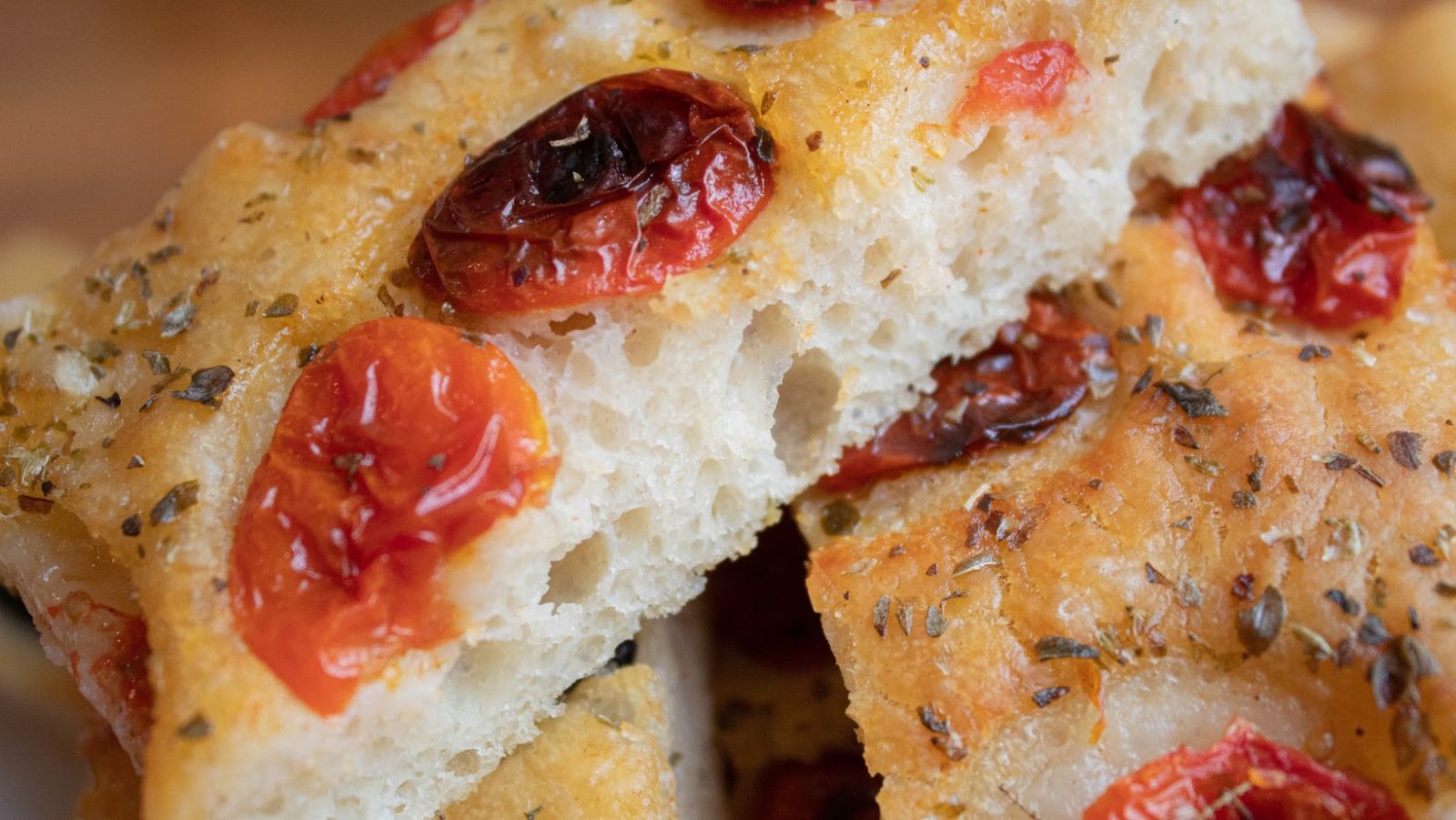Now that we’re two decades removed from the 1990s, the era’s strangest trends are starting to come into focus. The 1970s were all about flower power and disco. The 1980s looked to futuristic and sci-fi themes for an edgier (and cooler) take on life. The 90s was when pop culture went truly global and themes like environmentalism and technology. Sit-coms, girl power, and fringe things like Star Wars and punk rock all went mainstream—just to name a few stereotypes.
Food probably isn’t the first thing that people think of when they look back on nostalgic topics. In fact, when looking back at the 90s, people are more likely to remember things like Michael Jordan and the Chicago Bulls, bands like Oasis and Verve, and films like Fight Club. However, the decade was also a big era for food trends. More specifically, futuristic foods.
Sounds familiar? Today, some of the biggest food trends include diets like keto and superfoods like acai berries and olive oil. It’s also a huge era for vegans and vegetarians, as many restaurants and food companies are beginning to cater to green eaters. But back in the 1990s, food culture was all about science, exploring the boundaries of health, edible foods, and bright colors. Keep reading for some of the biggest culinary trends from back in the day.
Soft Drink Remixes
What was one of the standout moments in 90s food culture? The rise of clear soda and weird remixes from major soda companies. First and foremost, Crystal Pepsi introduced millions to clear Pepsi… which sort of delivered the same taste. The company rolled out another hit with its Pepsi Blue—just as bright as a Hi-C fruit drink.

Orbitz might take the cake for the weirdest soft drink remix from the 90s. The beverages included gelatin balls similar to tapioca, which were designed to float around in the drink and make it look like a lava lamp. Other standouts include Snapple’s Clear Root Beer and Fruitopia, the latter of which included a staggering 23 grams of sugar per serving.
Decade of the Cereal
While major soda brands were looking to excite consumers, the great minds behind cereal Kellogg’s and Post wanted to sweeten things up. Specifically, they sought to do this by creating crossover cereals with candy brands. This led to some of today’s standout cereals, including Lucky Charms, French Toast Crunch, Trix, Dino Pebbles, and Cap’n Crunch. One of those cereals, Trix, even went on to land a huge partnership with Yoplait yogurt, which then rolled out cereal-themed mini-yogurts.

On-the-Go Snacking
Here’s another standout feature of the tech-based food trends in the 90s: they all sought to deliver convenience. This applies to non-snacking foods, like Lunchables and frozen cuisine. Both were designed to limit time spent in the kitchen without compromising on flavor. This includes Gogurt, tubes of yogurt designed for popsicle-like eating, Planters Cheez Balls, which let anyone turn snacking into a sport, and Uncrustables, a frozen peanut butter and jelly pocket that took entirely too long to defrost… but that’s still around today.
The Best & Worst of the 1990s
So far, we’ve covered a long list of unappetizing ideas that took off in the 90s. Of all these trends, only a few continue today—including many of the cereals listed above. However, other trends were approaches to food that may or may not have lasted the test of time.First and foremost, Heinz Ketchup’s unfortunate foray into colorful condiments hasn’t stood the test of time. For whatever reason, consumers couldn’t get used to bright purple ketchup—or find the fun in it. The Doritos casserole has also been abandoned as a horrible, pre-Y2K one-off.
Other trends, like stuffed crust pizza, have stood the test of time. The 90s was also the notable era when focaccia came onto the map, toting along things like sun-dried tomatoes. Throw in other hits like baked brie and the 90s can be remembered fondly as a time of great experimentation.














